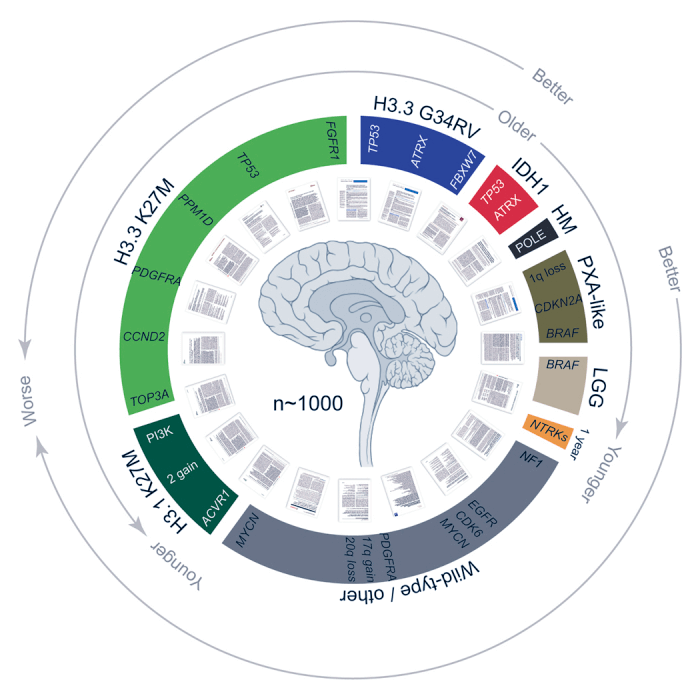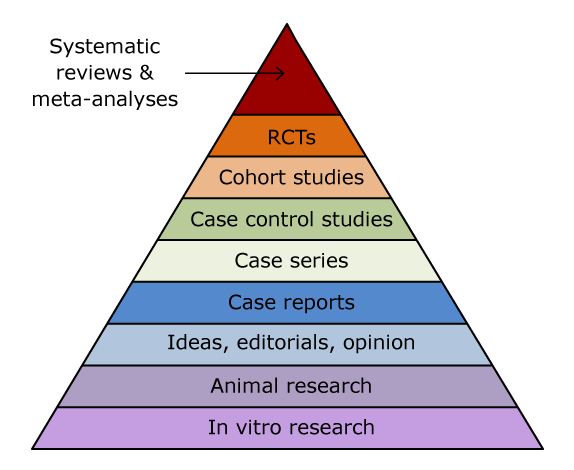
How to write a medical research paper for publishing in a high impact journal?
March 25, 2019
Systematic review Meta – Analysis step by step guide?
April 12, 2019Why Perform A Meta – Analysis Evidence Based Research?
Meta-Analysis:
Meta-Analysis refers to the statistical procedure for collaborating data from different studies based on a particular topic. Meta-analysis is used to study and identify the common effect of a particularly same treatment wherein the effect of the treatment remains consistent through multiple cases of study. Meta-analysis performs a crucial role in evidence-based health care. In comparison to other study designs like cohort studies or randomized controlled trails Meta-analysis is placed at the top of ‘levels of evidence’ in the pyramid of evidence-based healthcare. The pyramid particularly helps analyze the different levels of evidence that are available.
As one proceeds to the top from every level of evidence in the evidence pyramid the evidence becomes less biased as compared to previous level. Thus, Meta-analysis can be regarded as the apex of healthcare evidence (Haidich, 2010) .
Meta-analyses began to appear as a leading part of research in the late 70s. Since then, they have become a common way for synthesizing evidence and summarizing the results of individual studies(Chalmers et al., 1977) .
Fig 2. Pyramid of evidence-based medicine
The Need Of Performing Meta-Analysis:
The validity of hypothesis cannot be based on outcomes of a single study. The results keep varying from one study to another. The results can differ due to multiple reasons like different study samples used and, confounding factors. Therefore, a mechanism is needed for synthesizing data across multiple studies. Narrative reviews are used for this purpose. The major drawbacks associated with narrative reviews is that these reviews are largely subjective i.e. different experts come to different conclusions based on their methods of study and results. It becomes more difficult when multiple studies are involved. Meta-analysis on the contrary makes use of objective formulas i.e. apply statistics to a single study. This method can be used for multiple studies.
The combination of different studies which indirectly provide more data can prove beneficial and also help in improving and achieving precision and accuracy in individual studies. Alternately if the individual studies are underpowered their combination in a meta-analysis can improve the total statistical power used to detect a particular effect.
Steps To Perform A Meta-Analysis.
Following are the basic steps involved in carrying out basic Meta-analysis (Field & Gillett, 2010)
1. Identify or formulate the problem
Determine the question to be answered.
2. Carry out a literature review.
This step involves the study and search of different databases that include various reviewed articles. A few of the platforms can be PubMed, Embase, Scopus, etc.
3. Decide the inclusion or selection criteria.
One should set a inclusion and exclusion criteria that will provide you with high quality evidence and provide direct relevance to your problem statement.
4. Data extraction.
One needs to extract data that highlights the results of your area of interest that need to be combined in the final set of analysis.
5. Carry out basic Meta-analysis.
One can select from the multiple soft wares that are available to carry out the process. Review Manager and Comprehensive Meta-Analysis Software are a few of them.
References:
- CChalmers, T.C., Matta, R.J., Smith, H. & Kunzler, A.M. (1977). Evidence favoring the use of anticoagulants in the hospital phase of acute myocardial infarction. The New England journal of medicine. [Online]. 297 (20). pp. 1091–6. Available from: http://www.ncbi.nlm.nih.gov/pubmed/909566.
- Field, A.P. & Gillett, R. (2010). How to do a meta-analysis. The British journal of mathematical and statistical psychology. [Online]. 63 (Pt 3). pp. 665–94. Available from: http://www.ncbi.nlm.nih.gov/pubmed/20497626.
- Haidich, A.B. (2010). Meta-analysis in medical research. Hippokratia. [Online]. 14 (Suppl 1). pp. 29–37. Available from: http://www.ncbi.nlm.nih.gov/pubmed/21487488.
Related Topics:
Meta Analysis Writing Services
scientific literature search services
Meta analysis systematic review


